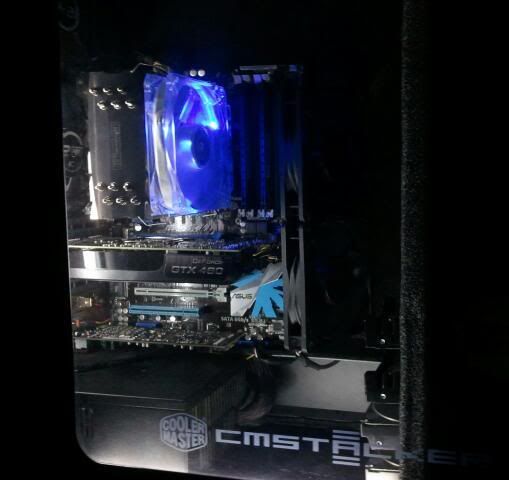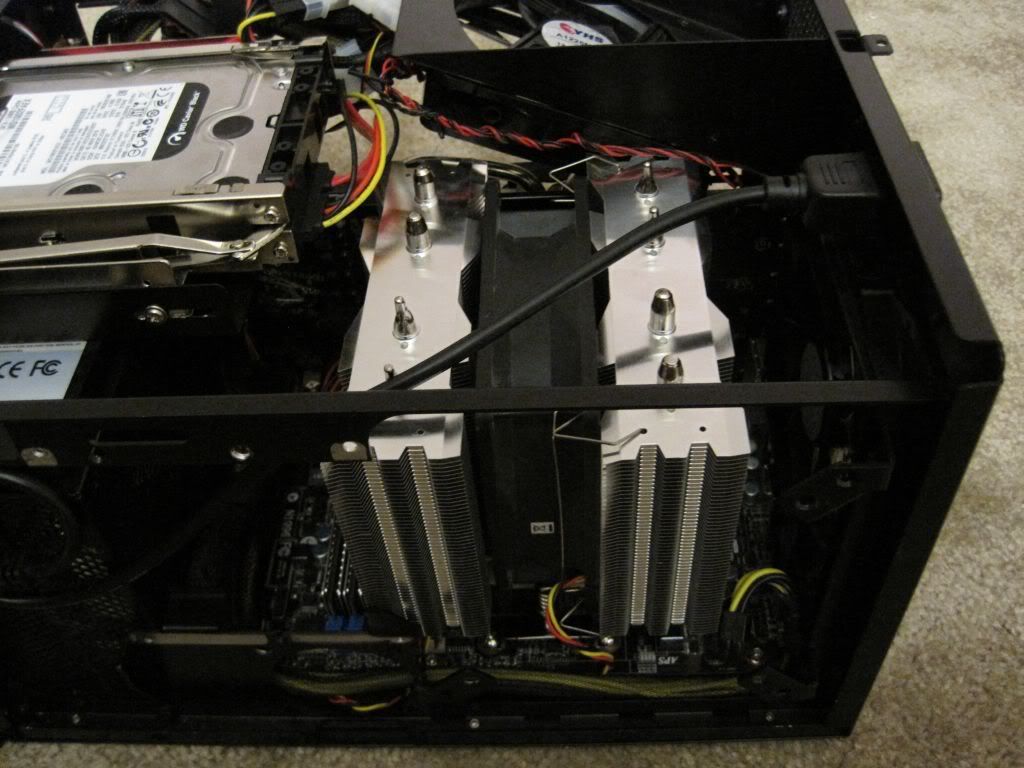- Joined
- May 18, 1997
- Messages
- 55,634
Thermalright Silver Arrow Heatsink and Fan Unit Review - Thermalright's new processor air cooler is surely a no-compromise unit that will not be for everyone, much less every enthusiast. It is bigger than Texas, or Alaska for that matter. The Silver Arrow is destined to be displayed in many a chassis' clear side panel. Does it have what it takes when it comes to performance?
![[H]ard|Forum](/styles/hardforum/xenforo/logo_dark.png)
.png)
_small.png)


